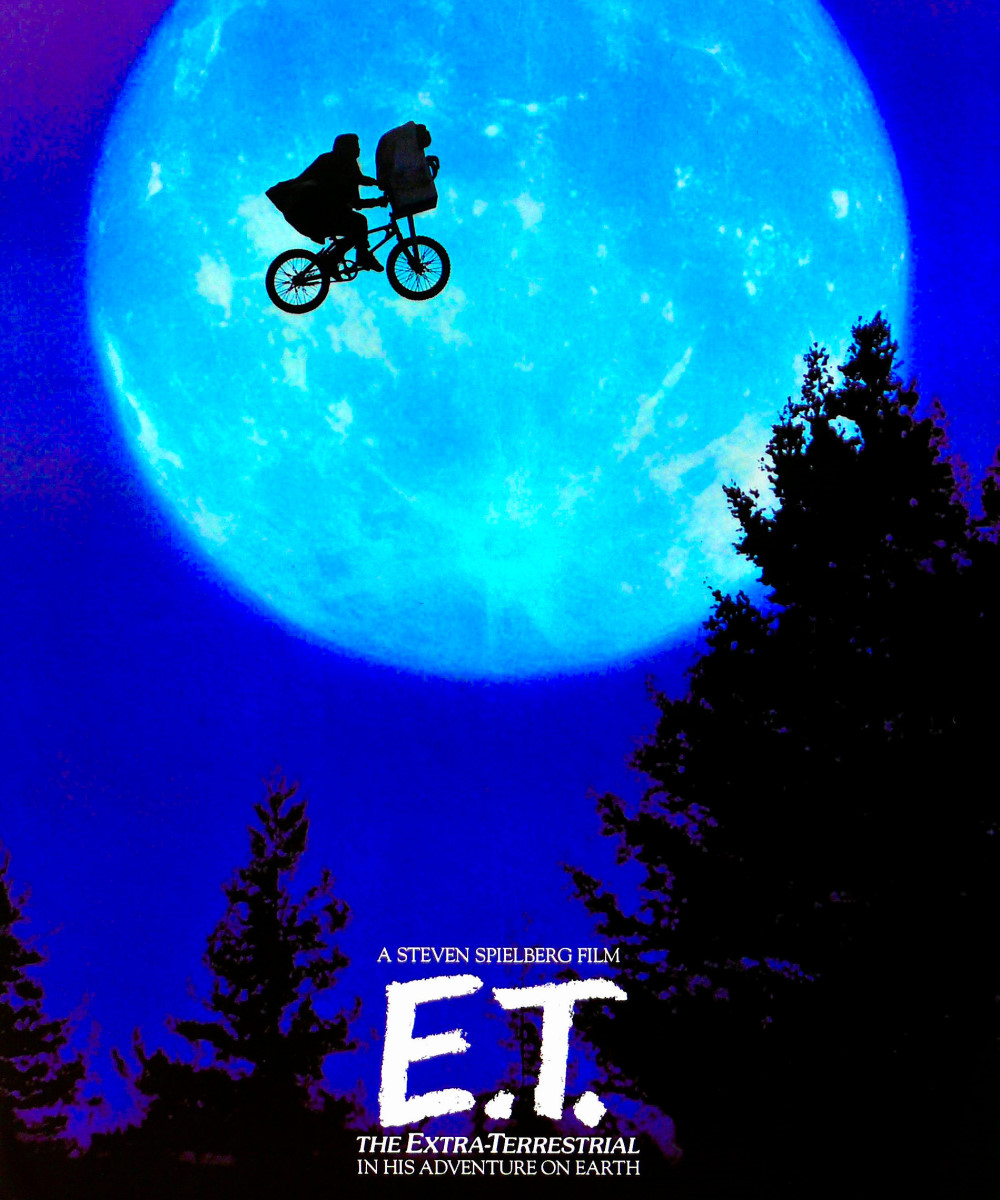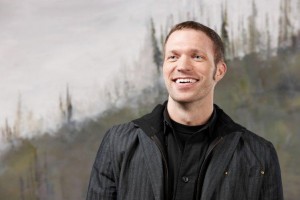Travis Knight is the CEO/President/Lead Animator of LAIKA, which is the animation studio behind films like “ParaNorman” and “Coraline”. Arianne Sutner is the producer of “ParaNorman”. “ParaNorman” is the latest film from the studio and will be released on Blu-ray/DVD combo pack on November 27th, 2012. Media Mikes had a chance to chat with Travisa and Arianne about their work with stop-motion and what they have planned next.
Mike Gencarelli: Arianne, you’ve been working in stop-motion since “The Nightmare Before Christmas”, what is it that draws you to this medium?
Arianne Sutner: When I was starting out I was always a fan of animation and family movies. I was working in the Bay area and the movie that was happening around that time was “Tim Burton’s The Nightmare Before Christmas”. Part of it also was that you get to work on the project for a long time and it was still very new at the time and very exciting. When I started working in that environment, I just love that you create everything by hand. There were these fantastic stages that you get to work on and also the fact that it was this collaborative process. You really get to feel everything and get very involved. I really fell in love with it. I worked at other places like Pixar, in their beginning and they are making fantastic movies. But it is the experience of working on these movies that I love so much and the kind of people that are drawn to them. I always say that it is really fun and Travis says that I am crazy, which is true. You really get your hands dirty and get to collaborate and with some real great artists.
MG: Travis, How does the LAIKA President & CEO also end up being the lead animator on projects like “Coraline” and “ParaNorman”?
Travis Knight: I have been an artist my entire life. I fell in love with stop-motion, since I was child. Ultimately, I wanted to figure out how it was done before the internet or animation schools etc. So I was just learning by practice. It is something that has been a part of my life for 30 years now. I was an artist long before I was an executive. I have described myself as an artist trying to find his inner-executive. As I have been trying to move the company forward, it was always important to me as I began the process of building the company that I never lose the direct connection with the work because it’s what it is all about. It is why we do this. It is why we got drawn to creating something of great beauty. It is something that is critical to me. I think also to have the head of the studio in the trenches with all the other artists and filmmakers, rolling up my sleeves and getting my hands dirty and being a part of the creative process helps to define the sensibility of what the company is all about. We really are all about finding a beautiful way of telling these classic stories in this extraordinary art form of stop-motion.
MG: Arianne, You took on the role of producer in “ParaNorman”; what was your most challenging aspect?
AS: I think it is to make sure that the script we got was so beautiful, so well picked, so ambitious and overall something that was really special that had various different layers. Also that it was at the same time entertaining and had certain messages that we believed in. We wanted to make sure that it brought to life the way that Chris (Butler) intended it. While also making sure that we met Travis’ standards and to have the best stop-motion animation in the world. I think that was my biggest overall challenge that I was reaching for everyday.
TK: Arianne is fairly humble. She really is like a little marvel. She held the entire production on her shoulders. Every day some new crazy challenge was thrown her way and she handled all them with this amazing grace. The fact that we brought this extraordinary film on time and under budget is a testament to her leadership.
MG: Travis, How does the production on “ParaNorman” differ to “Coraline”?
TK: With “Coraline”, it was the first film that we had done from the ground up. So everything was new. We were forging new ground. In some ways we didn’t know better. We had really grand ambition and wouldn’t accept the fact that we couldn’t do certain things with conventional stop-motion, in the sense of what you can do in this medium. So that meant incorporating technology that wasn’t done before. The natural enemy of stop-motion, this age old craft, is technology. We decided to embrace technology and to bring that forward as part of the process with digital capture systems, 3D photography, laser cutters and rapid prototyping. That way we were able to embrace the machine in a way that hasn’t been done before. It allowed us to expand the scope of the movie. We built on that to an incredible extent for “ParaNorman” and we took it even further than we could have imagined for “Coraline”. I think that process of innovating to tell incredible stories in this medium by fusing those two aspects together, art craft and technology, led us to a place where we can really seize our ambitions and see them realized on the big screen. When you look at the evolution in the visual stylization in the technical execution between “ParaNorman” and “Coraline”, it is fairly remarkable that it happened in only three years.
MG: Why do you think that stop-motion films tend to deal with darker subject matter?
TK: That is an interesting question. We can’t fully appreciate what that means until we see how the thing plays out in the fullness of time. I think when you look at the history of stop-motion film; there is a very small amount of films made in this medium. You can attribute about half of them to two guys, Tim Burton and Henry Selick. They have this dark gothic sensibility. When these guys make the films they want to make…they make them. I think you can look at our films and they don’t have that sensibility. They have this warmer sensibility that is distinctly British but is all very entertaining. So I think you need to look at those two things and see that there is nothing inherently creepy or dark about stop-motion. I think also when you have an inanimate object that is brought to life by the hands of an animator; there is something weird about that. They move is this weird jerky kind of way, which does gives a certain creepy feeling. One of the things that we have been trying to do at LAIKA is to really take the performances in the animation of these stop-motion puppets to an entirely new level and make them feel very human. So that people can connect with these emotional characters on the screen. It is really difficult to do that in stop-motion. I think it was important us to get over that hurdle of making these things creepy. I think you can certainly see with “Coraline” and “ParaNorman” they share some DNA in common. Moving forward, I do think that it is important for us at LAIKA to expand what we do and that is telling different kinds of stories in different kinds of ways. So when you see the next handful of films from our company hopefully they will not look or feel like anything we’ve done before.
MG: What’s next in the cards for LAIKA?
TK: We are very selective on the project that we take on. Currently we do have about ten projects in various forms of development. It is a combination of things that are adaptations of literature and original projects. “Coraline” was an adaptation of a Neil Gaiman novel and “ParaNorman” was an original idea. These things take a long time to make since the pace is graceful. There was about three years between “Coraline” and “ParaNorman”. There will be about two years between “ParaNorman” and our next film. We are trying to truncate the time period, so ultimately we are on an annual release schedule and releasing a film every year. It is a challenge and is difficult to do that but it is something that we are shooting for. But that is path that we are aiming for.


